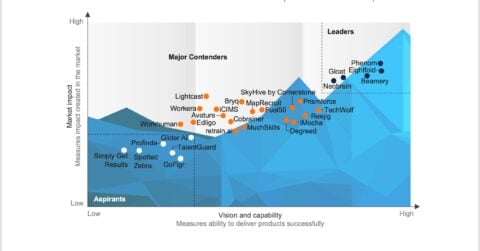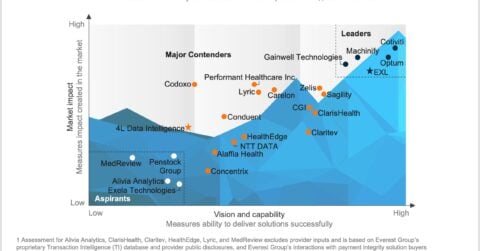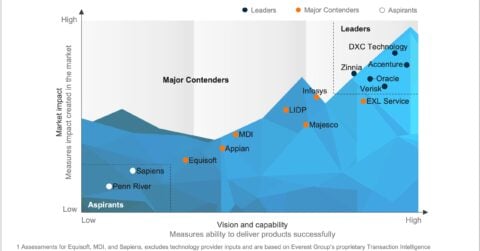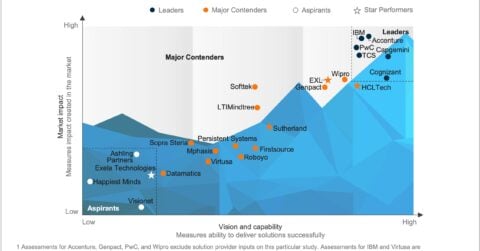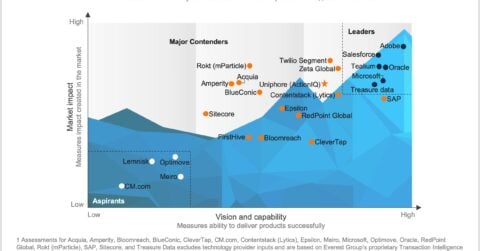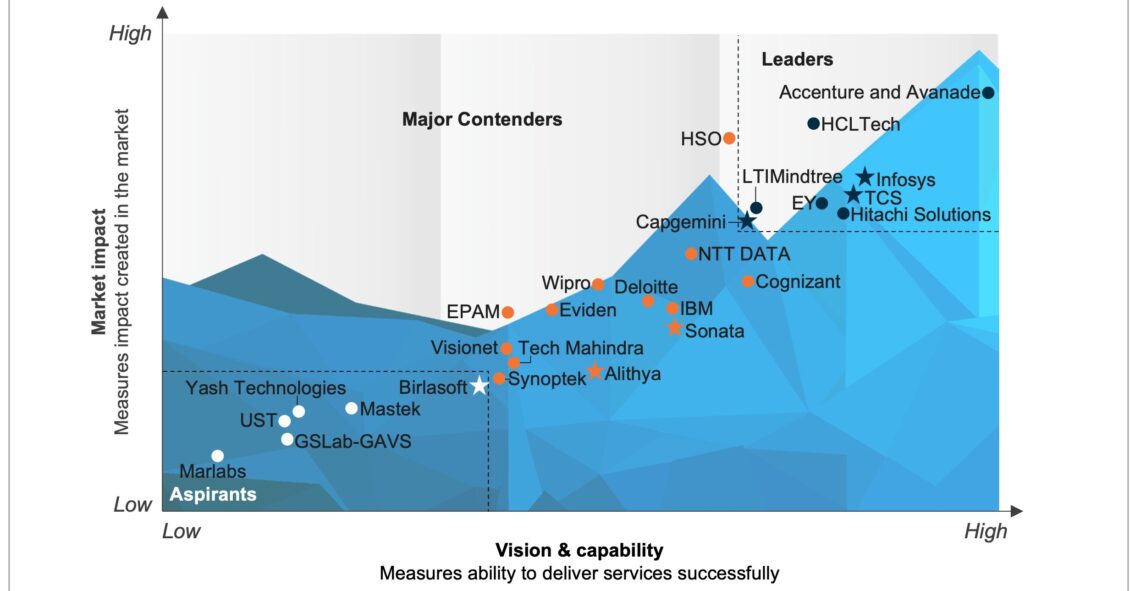
Small and midsize enterprises are increasingly adopting Microsoft Dynamics 365 to modernize their customer experience, finance, and operations. By implementing this solution, they gain end-to-end visibility across the supply chain while streamlining marketing and sales processes. On the other hand, large enterprises primarily adopt Microsoft Dynamics 365 to reinforce their core Enterprise Resource Planning (ERP) and Customer Experience (CX) systems.
Microsoft Dynamics 365 has established its position by seamlessly integrating with Microsoft Office 365 apps and third-party applications. Its market traction has significantly increased due to its lower Total Cost of Ownership (TCO) compared to close competitors and faster time-to-market as a Software-as-a-Service (SaaS) solution. To facilitate the adoption of Microsoft Dynamics 365 across complex existing portfolios, providers are investing in talent development and building robust accelerators that assist enterprises in their digital transformation journeys.
-
Microsoft Dynamics 365 Services PEAK Matrix® Assessment 2023

What is in this PEAK Matrix® Report
In this report, we assess 27 providers featured on the Microsoft Dynamics 365 Services PEAK Matrix® – and categorize them as Leaders, Major Contenders, and Aspirants based on their capabilities and offerings. Each profile provides a comprehensive picture of the provider’s service focus, key Intellectual Property (IP) / solutions, and domain investments.
Content:
- Detailed assessments, including strengths and limitations, of 27 providers specializing in Microsoft Dynamics 365 services
Scope:
- The assessment is based on Everest Group’s annual RFI process considering investments made until December 2022, interactions with leading Microsoft Dynamics 365 providers, client reference checks, and an ongoing analysis of the Microsoft Dynamics 365 services market
- All industries and geographies
READ ON
What is the PEAK Matrix®?
The PEAK Matrix® provides an objective, data-driven assessment of service and technology providers based on their overall capability and market impact across different global services markets, classifying them into three categories: Leaders, Major Contenders, and Aspirants.
